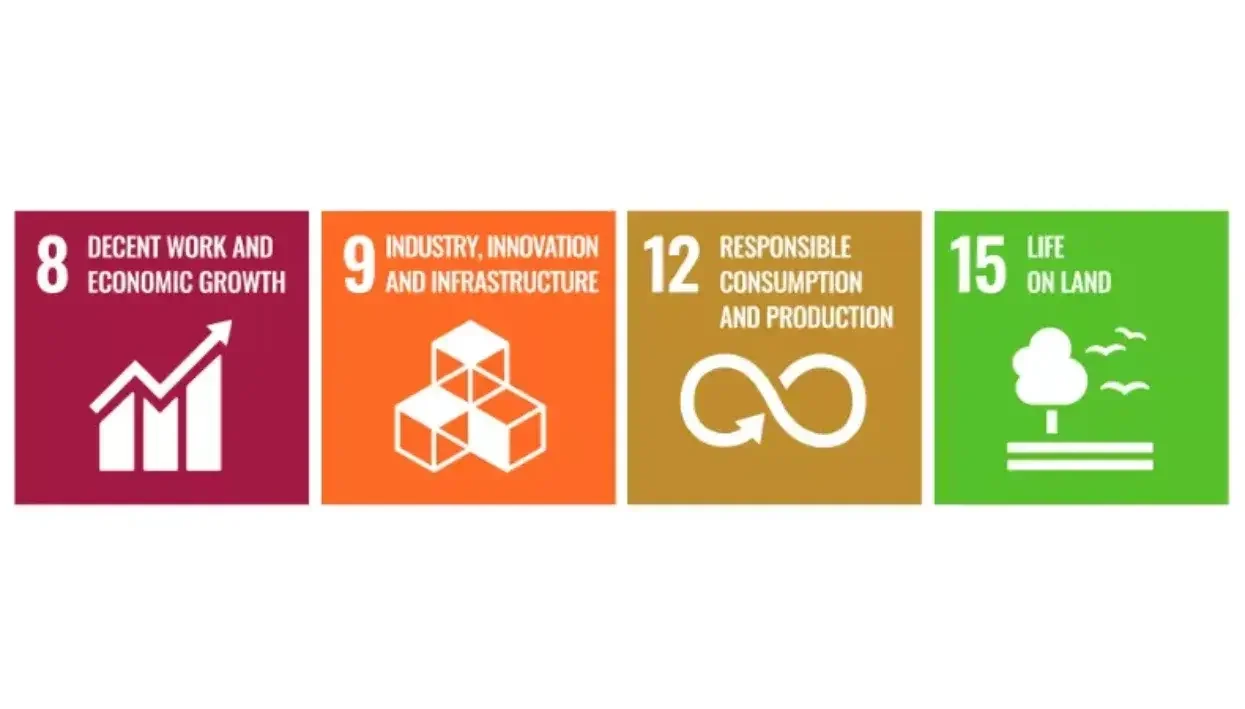
Clare Taylor discusses the importance of the UN Sustainable Development Goals, in particular the need for businesses to ensure their consumption and production are all sustainable.
UN Sustainable Development Goal 12 is specifically about sustainable consumption and production, but others also have connected targets.
Before looking at their business relevance, an introduction: the SDGs are used to develop policy and legislation across the globe, so knowing them is useful.
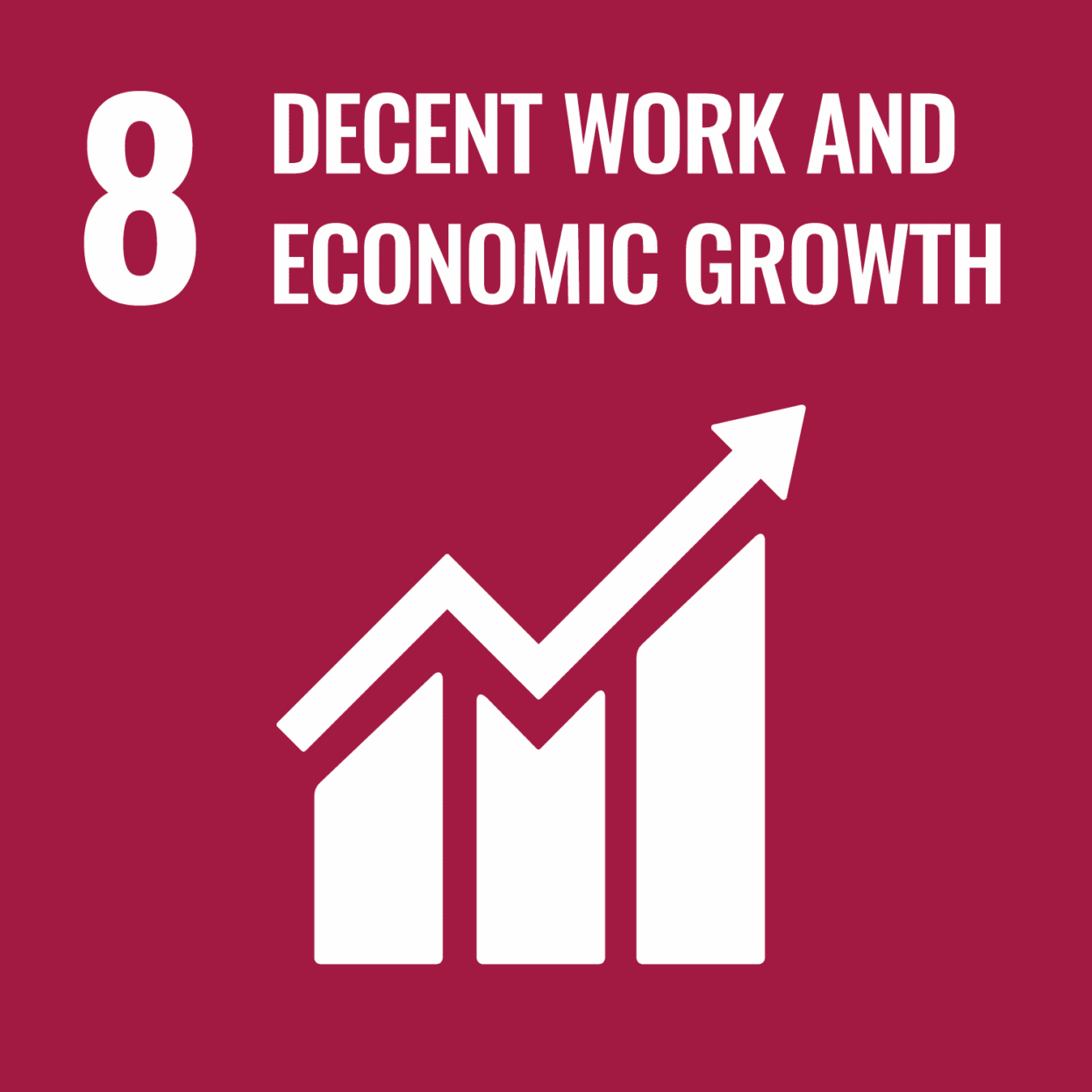
The first to consider is 8.4 Improve progressively, through 2030, global resource efficiency in consumption and production and endeavour to decouple economic growth from environmental degradation, in accordance with the 10-year framework of programmes on sustainable consumption and production, with developed countries taking the lead: basically, doing more with less, and causing less harm with what we do use.
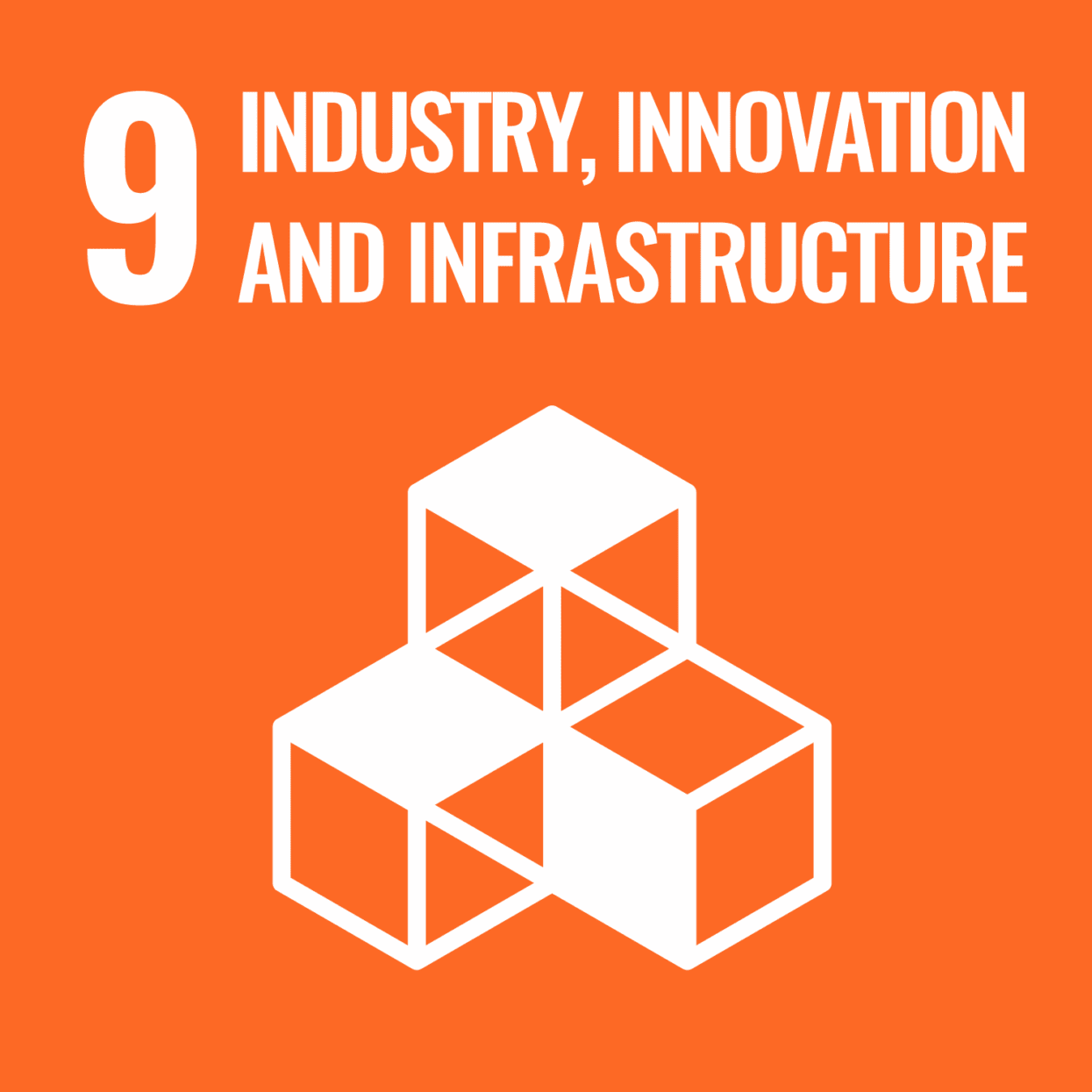
It is linked to targets within Goals 9 and 12. Target 9.4 is By 2030, upgrade infrastructure and retrofit industries to make them sustainable, with increased resource-use efficiency and greater adoption of clean and environmentally sound technologies and industrial processes, with all countries taking action in accordance with their respective capabilities. This is something the printing industry has been working towards for a long time, anyone old enough will have seen huge changes, and we need to keep making technological improvements.
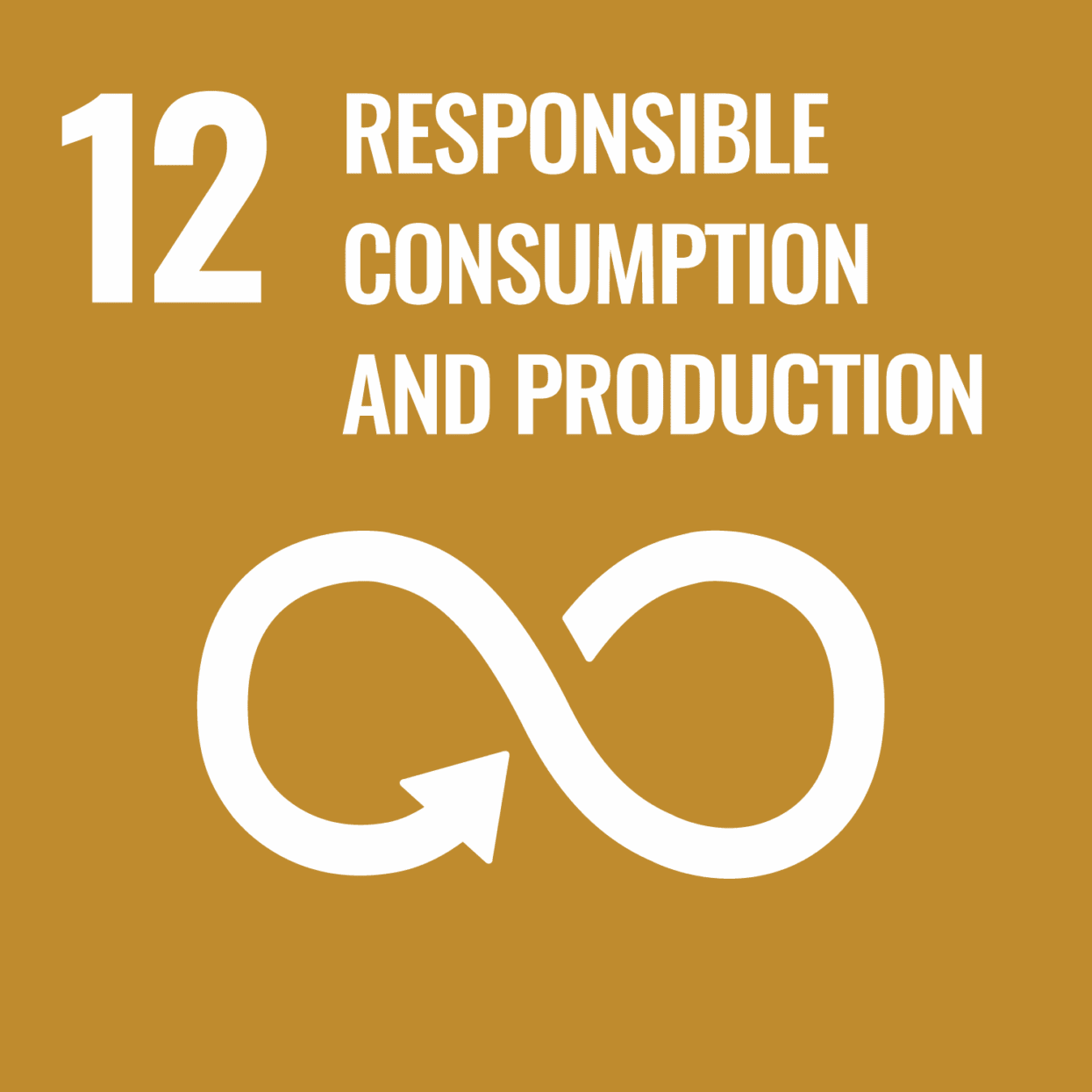
Targets in SDG 12 include By 2030, substantially reduce waste generation through prevention, reduction, recycling and reuse, – again, doing more with less (the Circular Economy programme plays a big part here) and By 2020, achieve the environmentally sound management of chemicals and all wastes throughout their life cycle, in accordance with agreed international frameworks, and significantly reduce their release to air, water and soil in order to minimize their adverse impacts on human health and the environment.
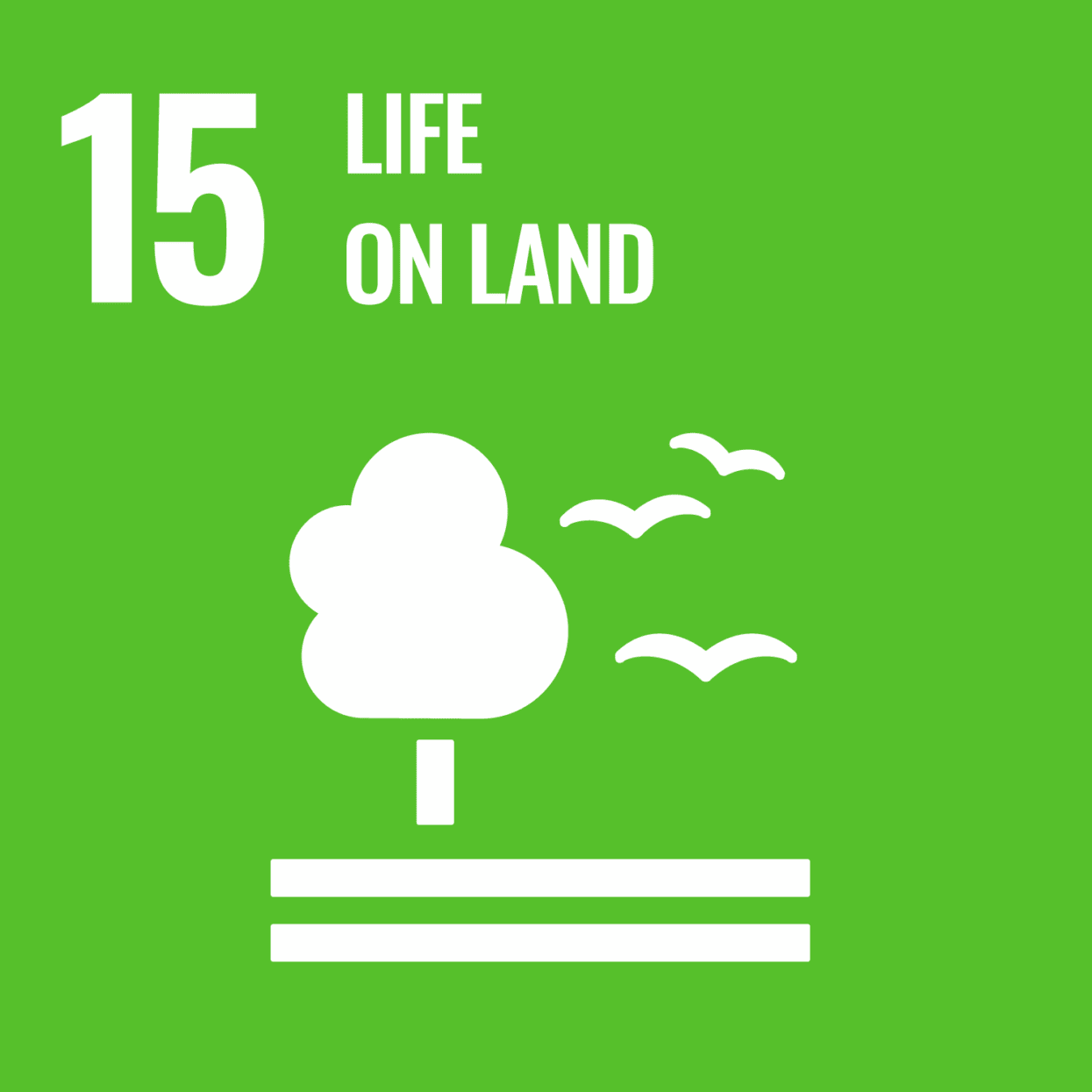
The final two targets for this article are 15.2 – ‘By 2020, promote the implementation of sustainable management of all types of forests, halt deforestation, restore degraded forests and substantially increase afforestation and reforestation globally’ and 15.5 – ‘Take urgent and significant action to reduce the degradation of natural habitats, halt the loss of biodiversity and, by 2020, protect and prevent the extinction of threatened species’.
This is something the print and paper industry is already aware of and acting on, since environmental campaigns many years ago and the development of forest certification schemes and standards.
What this means to your business
There is a very interesting phrase in the UN’s The 2030 Agenda for Sustainable Development, which details the goals: ‘We call on all businesses to apply their creativity and innovation to solving sustainable development challenges.’ A good call to action, perhaps, for an industry with a record of creativity and innovation.
Why should businesses take action? There are many reasons beyond purely environmental or social concerns: customer attraction and retention, cost-saving opportunities, engaging and motivating staff.
With the economic downturn keeping most of us awake at nights, a programme that can help reduce bottom-line costs is worthwhile, as is standing out in the marketplace – finding out what’s important to your customers and offering them ways in which you can support their goals.
Doing more with less is a good place starting point, then reducing the impact of what you do use. As an example: reducing substrate consumption and looking for substrates with lower lifetime environmental impacts in what they are made from, how they are made or what happens to them at end of life.
It’s not about cutting corners, but about thinking carefully about what you do and seeing if you can do it better. Ensuring work is right first time is not just about happier customers, it also reduces waste. Everything wasted during production is costing you: you pay for the cost of the original materials, for energy, staff time, overheads and any other substances used during processing, and you pay for disposal – even if you’re paid to recycle, it’s still less than the purchase price.
You know your own business better than anyone else, so are best placed to see the opportunities, but here are a few ideas. Even if you’re already doing it all, take the time to walk around your business with an enquiring mind.
- Error reduction: anything from avoiding re-keying specifications or instructions to prevent input errors to checking stages throughout the process, from receipt of the customer request to the final delivery.
- Process optimisation: process controls, colour management, ink optimisation software.
- Materials reduction: shorter make-readies, scheduling to sequence more like-with-like work, planning items up more closely, using lighter weight substrates or changes to inventory and stock control.
- Supporting customers: can you help them reuse, reduce, recycle? Use materials with lower environmental impacts?
‘Lean’ methodology is a great tool for this, with online resources available, and new technology can also help.
Measuring helps you check what’s working. You need first to decide what to measure: ideally consumption against useful output. Going back to the substrate example, businesses printing standard formats may find tracking the proportion of substrate purchased to that in product sold is a useful metric. This won’t work for everyone – the different shapes from job to job for some printed products may make this too variable – but try thinking round what you can measure, find out where you are now and set targets for improvement. Whatever you choose, bear in mind that a key ratio that can still be reduced as overall work picks up will be more useful, in the current downturn, for evaluating progress than an absolute target.
Doing less harm with what we use has an indirect financial saving: pollution and environmental degradation cost us all, from increased insurance premiums to cover the costs to insurers of floods, storms, fires and other impacts of climate change to the costs of cleaning up rivers and seas, the costs to health services for treating illness directly related to pollution and the costs of lost working hours down to ill health. Even the current pandemic is directly connected to forest degradation – but more on health in a later article.
Finding ways to reduce environmental harm from your choices may appear harder than reducing consumption. For smaller businesses, in an industry with a limited number of potential suppliers to choose from, the degree of influence on a supplier may seem limited, and the opportunity to choose not extensive. But this is not necessarily such a challenge.
Many companies on the supply side are reducing their own impacts; by talking to them, reading about them, working with them to reduce impacts from your buying patterns or choices, there is much to be achieved. Substrate manufacturers are developing materials with lower impacts from the raw materials and during manufacture, and that can be more easily recycled at end of life; they are working to understand and measure their impacts and can help you help your customers. As can print chemicals and inks companies, developing greener solutions, and equipment manufacturers, working on equipment with shorter make-ready, less waste and better energy efficiency.
It is more effort to look at all these areas when selecting supplies and suppliers, but the benefits to your business are a better story to tell your customers, a better working environment and knowing you are keeping ahead. It makes you a print service provider to turn to for customers in the same position as you: wanting to do the right thing and having to rely on their supply chain to help them.
The next article goes more deeply into aspects of pollution and health, with the UN Global Goals for chemicals, and water.